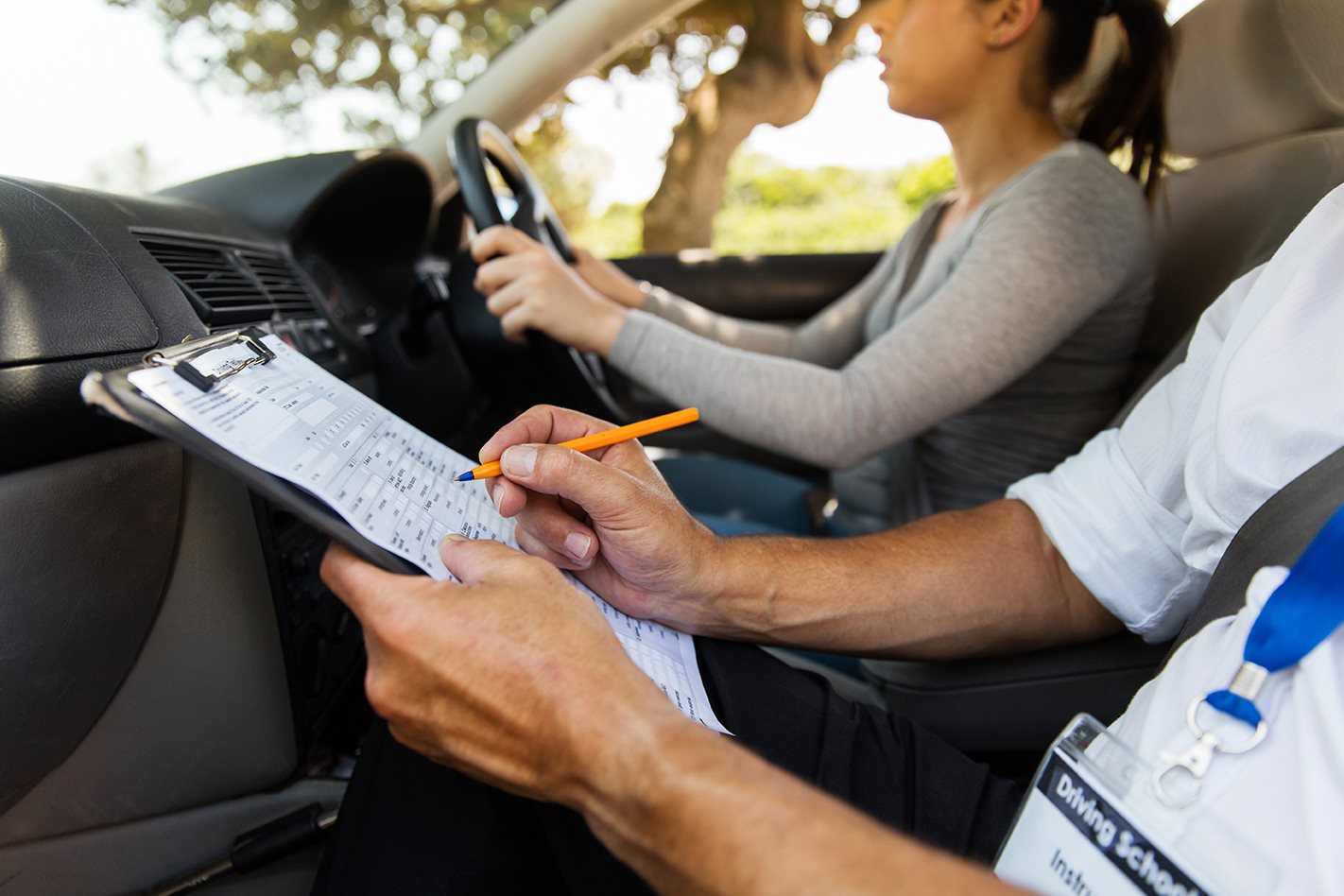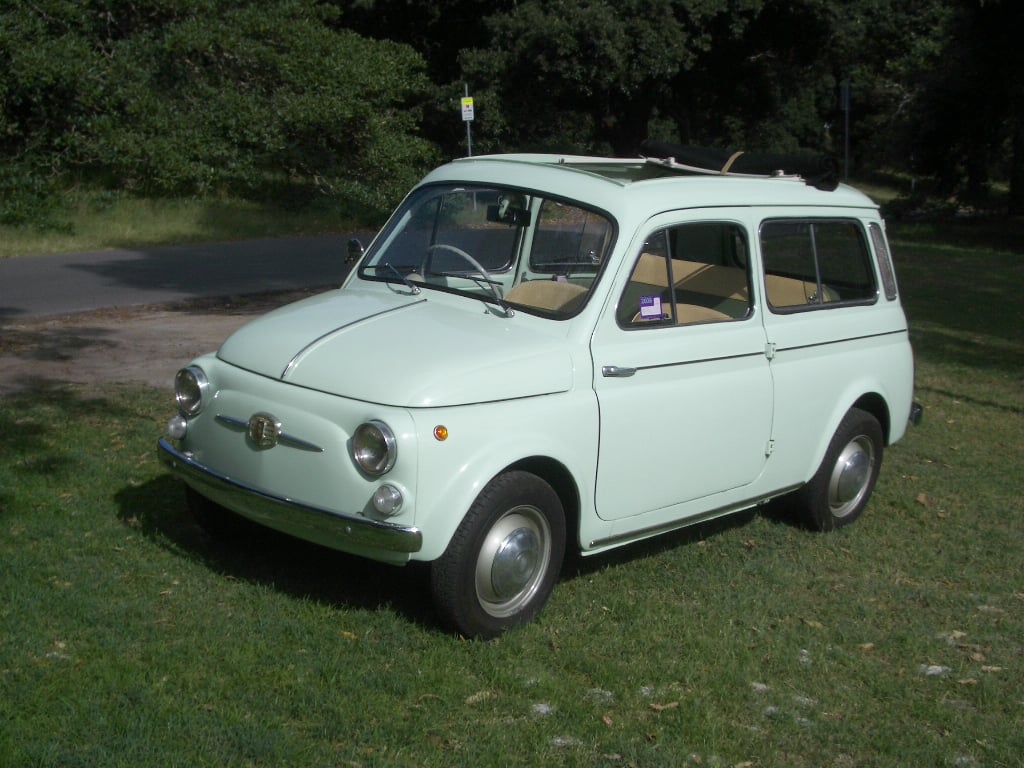I had one of the worst commutes of my life recently, and it had nothing to do with the long day in the office or biting post-dusk temperatures.
Instead, it had everything to do with three gormless meat sacks who had seemingly been handed driver’s licences from a cereal packet, and the associated “OH FUU…” panic stops they each caused me to execute.
For context, I have the smallest commute of anyone here at Wheels HQ – mercifully short at just 3.4-kilometres. Now, those of you with a calculator handy will be able to crunch the numbers and see that on the aforementioned day I averaged one full force, unplanned braking manoeuvre each kilometre; not exactly desirable. Adding to my displeasure was the fact I was on my motorbike, and if things turned out for the worse, I was the one who was going to end up badly broken.
Why scrapping unrestricted speed limits in the Northern Territory is a stupid decision
Thankfully, I got home safely. In need of a stiff drink, but safe. This is thanks to two factors, the stringent testing system for obtaining a bike licence in my home state of Queensland, and the three defensive driver training courses I have completed (two of which occurred during my high school years). Without this training I am adamant I would have found myself under the bus which ran a stop sign and didn’t see me.
Because of this horror commute, here’s a steaming hot take on how to help tackle Australia’s road safety debate: Everyone that wants a licence (or wants to renew their old one) should be required to complete a defensive driving course.
This really shouldn’t be a controversial opinion – to have every driver on our roads adequately trained and versed in safe driving techniques – but outside of automotive circles it remains a fringe idea falling on deaf ears.
Australians need to learn to keep left
My defensive training has instilled in me habits which prevented my bones being crushed that day. Namely looking ahead with vigilance, knowing how to identify threats early, and the skill of stopping a bike (and car) swiftly.
To obtain a motorcycle licence in Queensland you have to complete a course called QRide, which takes an entire day. In it, you are put through a series of lessons where you are taught techniques to demonstrate your ability on a bike including panic stops. The importance of scanning the road, looking ahead, identifying blind spots and how to avoid them, and why you should cover the brake is also drilled into participants. Surely we would want our car drivers learning these same techniques to help improve road safety?
Instead, we hand out licences like meat trays at an RSL for vehicles that can kill and maim others far more efficiently than a motorcycle. ‘Congratulations, you can three-point turn and reverse parallel park, here’s your license good sir. What’s that? How well can you control your car in a rapid braking situation? Pfft! You won’t need that.’
So, how do we help fund what would be the largest education program outside the public school system I hear you say. While I don’t have the complete answer, considering there is a single safety camera in Victoria that racked up over $10million in revenue last financial year, that might be a good place to start.
It’s critical that we train the population to drive properly in the first instance, instead of trying to change their habits after we have given them a licence.
If you haven’t completed a defensive driving course, change that. If you think you are good driver already, go ahead and do it all the same. The course will either reinforce your good habits and show you new techniques, or help you identify areas in your driving you need to improve.
The course fee is a small price to pay for skills which could help you avoid three crashes in a single short commute.






